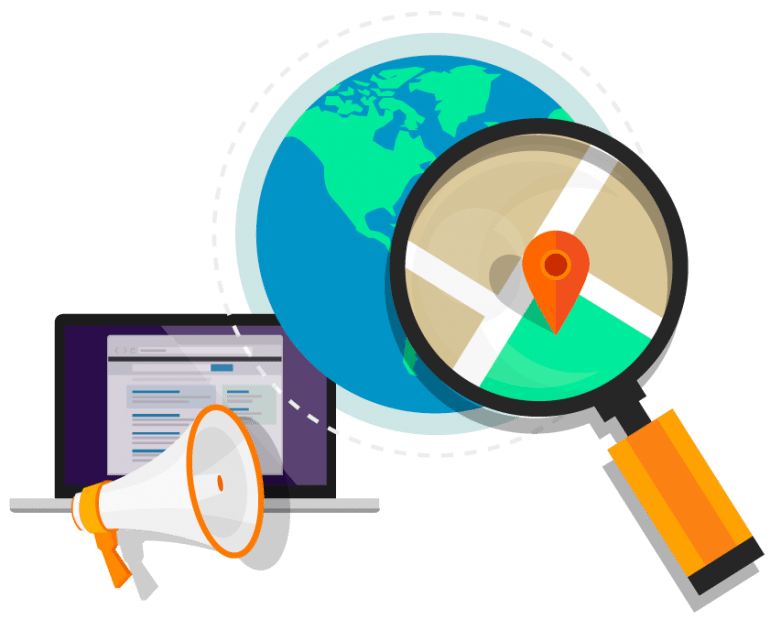Speed Up Your Website
There are many ways to speed up your website some are listed below
Minimize HTTP Requests
the quickest way to improve site speed is to simplify your design. Streamline the number of elements on your page. Use CSS instead of images whenever possible.Combine multiple style sheets into one.Reduce scripts and put them at the bottom of the page.By doing a campaign to reduce the number of components on each page , you reduce the number of HTTP requests needed to make the page render and you’ll significantly improve site performance.
Reduce server response time can help you to increase speed of your website
Our target is a server response time of less than 200ms (milliseconds).Google recommends using a web application monitoring solution and checking for bottlenecks in performance.
Enableing Compression
Compression reduces the bandwidth of your pages, thereby reducing HTTP response. You do this with a tool called Gzip.Large pages are often 100kb and more. As a result, they’re bulky and slow to download. The best way to speed their load time is to zip them,a technique called compression.Most web servers can compress files in Gzip format before sending them for download, either by calling a third-party module or using built-in routines.Enabling compression, it’s a great option for speeding up your site.
Enable browser caching
When you visit a website, the elements on the page you visit are stored on your hard drive in a cache, or temporary storage, so the next time you visit the site, your browser can load the page without having to send another HTTP request to the server.For all cacheable resources like JS and CSS files, image files, media files, PDFs, etc. Set Expires to a minimum of one week, and preferably up to one year in the future. Don’t set it to more than one year in the future because that violates the RFC guidelines.
Minify Resources
WYSIWYG resources make it easy to build a Web page, but they sometimes create messy code,and that can slow your website considerably.Since every unnecessary piece of code adds to the size of your page, it’s important that you eliminate extra spaces, line breaks, and indentation in your code so your pages are as lean as possible.
Optimize images
Whenever it is images, you need to focus on three things: size, format and the src attribute.
Image size:
Oversized images take longer to load, so it’s important that you keep your images as small as possible. Use image editing tools,Crop your images to the correct size. For instance, if your page is 570px wide, resize the image to that width. Don’t just upload a 2000px-wide image and set the width parameter (width=”570”). This slows your page load time and creates a bad user experience.
Image format:
JPEG is your best option. PNG is also good, though older browsers may not fully support it.GIFs should only be used for small or simple graphics (less than 10×10 pixels, or a color palette of 3 or fewer colors) and for animated images.
Do not use BMPs or TIFFs.Once you’ve got the size and format right, make sure the code is right too. In particular, avoid empty image src codes.
In HTML, the code for an image includes this:
When there’s no source in the quotation marks, the browser makes a request to the directory of the page or to the actual page itself. This can add unnecessary traffic to your servers and even corrupt user data.Take time to re-size your images before uploading them. And always include the src attribute with a valid URL.
Optimize CSS Delivery
CSS holds the style requirements for your page. Generally, your website accesses this information in one of two ways: in an external file, which loads before your page renders, and inline, which is inserted in the HTML document itself.You get cleaner coding if you put all CSS in your external stylesheet.
Reduce the number of plugins you use on your site
Too many plugins slow your site, create security issues, and often cause crashes and other technical difficulties.Deactivate and delete any unnecessary plugins. Then weed out any plugins that slow your site speed.Try selectively disabling plugins, then measuring server performance. This way you can identify any plugins that harm your site speed.
Reduce redirects
Redirects create additional HTTP requests and increase load time. So you want to keep them to a minimum.If you’ve created a responsive website, more than likely, you have redirects in place to take mobile users from your main website to the responsive version.
Use a HTTP redirect to send users with mobile user agents directly to the mobile equivalent URL without any intermediate redirects, and Include the markup in your desktop pages to identify the mobile equivalent URL so Googlebot can discover your mobile pages.
Also Using WordPress you can increase your website speed
Hosting your media files on a content delivery network is one of the best ways to speed up your site, and can often saves up to 60% bandwidth and halve the number of requests your website makes.
I recently realised how much impact having a fast web host has when I migrated a client’s site to WPEngine. Without changing anything else, the site went from average to lightening speed.one of the quickest and easiest ways to cut your page loading speed is to install a caching plugin like WP Total Cache or WP Super Cache.To prevent lots of page speed issues in the first place, you should opt for a good host, a good CDN, and good theme / design.Installing the WP Smush.It plugin to automatically compress your images.One of the pitfalls with WordPress is that your database can get very messy very quickly due to saved drafts, post revisions, deactivated plugins etc. WP Optimize is a fantastic plugin that routinely deletes all of the stuff you don’t need that’s cluttering up your database.
To save bandwidth and speed up page load timesGzip is a simple method for compressing your website’s files .
Broken links are not only a drain on bandwidth, but they’re also one of the surest ways to get a user to leave your site,So that fixing brokenlink is very important.
Reducing Your redirects is the part of speed up your websites.While 301 (permanent) redirects are preferable to 404 errors (broken links), they’re still not ideal as they slow down the time it takes for the browser to reach the correct version of a page.Screaming Frog is once again a great tool for spotting 301 redirects. If you’re using a PC, you can also use Xenu Link Sleuth, which is a great tool for crawling data from websites. Minify your CSS and JS files.Also Replace PHP with static HTML where possible.Link to your stylesheets, don’t use @import.Turn off ping backs and trackbacks in WordPress.HTTP Keep Alive refers to the message that’s sent between the client machine and the web server asking for permission to download a file.
Categories:



